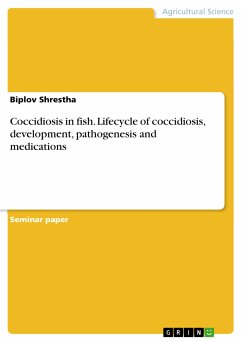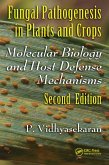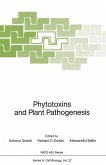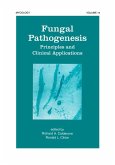Seminar paper from the year 2022 in the subject Agrarian Studies, , course: Aquaculture, language: English, abstract: The present review has summarized the status of fish coccidia and has provided an insight into the life cycle, taxonomy, transmission, pathogenesis, prevention, and treatment. Coccidiosis is a disease that is caused by protozoan parasites of the apicomplexan genus Eimeria and is transmitted via ingestion of infective oocysts. It affects many vertebrates and invertebrates causing mortality, poor performance of animals, and reduce productivity. This disease mostly affects the poultry sector, but its different species are also present in fish and cause economic loss. Coccidiosis in fish has been studied extensively, as it is regarded as chronic and its impact is easily overlooked. There are at least 18 genera under 3 families of order Eucoccidiorida that are responsible to cause some form of coccidiosis in different animals including mammals, avians as well as piscine. About 250 species of coccidiosis are known to occur in fish and among them, Eimeria and Goussia spp are the most prevalent ones. Taxonomic classification has been a difficult task and is determined on the basis of morphological features of oocysts. Coccidiosis generally has 3 stages in its lifecycle, with some variation according to species. About 30% of coccidia develops extraintestinal, and most of the fish coccidia are kept under an Eimeria genus. Transmission occurs via direct as well as by indirect method, but direct method id more common and simple. Coccidiosis can cause mild to serve damage and pathogenesis can differ with species. For prevention and control, different anticoccidial drugs are used. However, sanitation is a prime factor to reduce the risk of oocyst's introduction in animals.
Dieser Download kann aus rechtlichen Gründen nur mit Rechnungsadresse in A, B, BG, CY, CZ, D, DK, EW, E, FIN, F, GR, HR, H, IRL, I, LT, L, LR, M, NL, PL, P, R, S, SLO, SK ausgeliefert werden.









